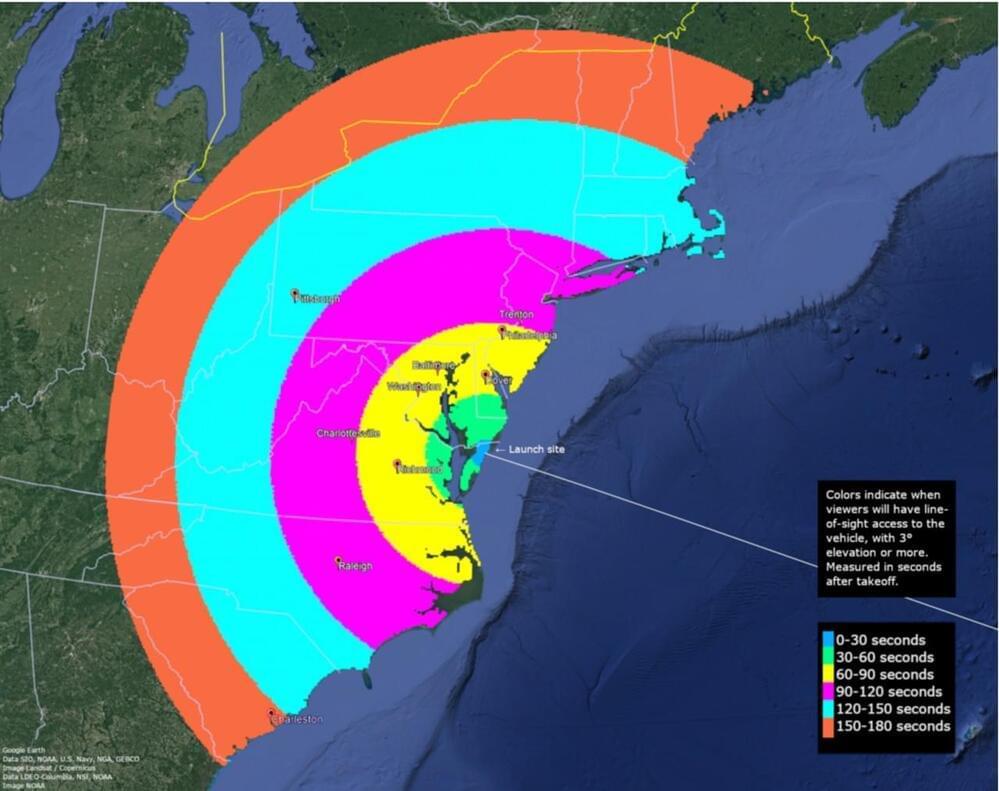Wikimedia Commons.
“The aquarium is damaged, water is leaking. The situation is not clear at the moment,” the Berlin fire brigade further wrote on Twitter.

The Expanse is one of the seminal sci-fi shows of the past decade. Set centuries in the future when humans have colonized the solar system, it’s been called one of the most scientifically accurate sci-fi shows of all time. But just how much does this hold up to scrutiny?
Join this channel to get access to perks:
https://www.youtube.com/channel/UCF5F2zbc6NhJVyEiZGNyePQ/join.
Watch my video about the science of Star Trek’s phasers: https://www.youtube.com/watch?v=i0unFPbKrks.
Watch my video about the science of Star Wars’ lightsabers: https://www.youtube.com/watch?v=O5a7lHh9EpI
Written, directed, & edited by OrangeRiver.
Cinematography by PhobiaSoft https://www.youtube.com/phobiasoft.
Additional photography by OrangeRiver.
- Music in this video

What if artificial intelligence could help an aspiring author write a novel? Or coach people to improve the quality of their writing? Could machines learn how to make jokes? Inspired by these questions, computer scientist Jiao Sun has been exploring the potential of AI-generated text as a PhD candidate at the University of Southern California (USC).
After a four-month internship at Alexa AI last spring, she is now starting her journey as an Amazon Machine Learning Fellow for the 2022–23 academic year and hopes to continue developing text-generation models that enhance the interaction between humans and AI.
While Sun is passionate about the potential of natural language generation, she also believes it’s important to develop tools that improve human control over machine-created content. She is also cautiously optimistic about the surge in popularity surrounding text generation models.


Editor’s Note: This story has been updated to reflect a schedule change for the launch.
A rocket scheduled to lift off in Virginia — that could be visible above at least a portion of New Jersey — has been rescheduled.
Rocket Lab USA’s first Electron rocket’s launch has now been moved, and will not happen earlier than Sunday, Dec. 18, officials announced Thursday night. A specific date and time was not announced.

Next-generation batteries could take on many forms, but one design that scientists are pinning a lot of hope on involves the use of lithium metal. The excellent energy density of this material could see batteries power smartphones for days at a time, and by designing a new electrolyte that can be controlled by an external magnetic fields, scientist in South Korea have edged them a little closer to reality.
A lithium-metal battery is one that would see this material deployed in place of the graphite and copper used in the anode of today’s lithium-ion batteries. This could make for smaller and lighter anodes with far superior energy density, which could see smartphones require far fewer charges each week or an electric vehicle travel much farther on each charge.
But one problem researchers continue to run into is the growth of tentacle-like protrusions on the anode called dendrites, which swiftly cause the battery to fail. There is no shortage of potential solutions when it comes to addressing this issue, and now a team at the Daegu Gyeongbuk Institute of Science and Technology have thrown another bright idea into the mix.
JWST makes a spectacular debut, AI gets creative, giant bacteria surprise, and the year’s other big advances in science.


“Advent has a proven record of strengthening its portfolio companies and a desire to support Maxar in advancing our long-term strategic objectives,” Maxar CEO Daniel Jablonsky said in the statement. “As a private company, we will have enhanced flexibility and additional resources to build on Maxar’s strong foundation, further scale operations and capture the significant opportunities in a rapidly expanding market.”
With some $28 billion invested across the defense, security and cybersecurity sectors in the last three years, Boston-based Advent’s portfolio companies support many satellite and defense platforms which serve the U.S. government and its allies as well as companies across the globe. The firm said it arranged debt and equity financing commitments to finance the acquisition.
The transaction is expected to close mid-2023, subject to customary closing conditions. Maxar, which has 4,400 employees, will operate under the same brand and maintain its headquarters in Westminster, Colorado, and will remain U.S.-controlled and operated.

Materials scientists at UNSW Sydney have shown that human pluripotent stem cells in a lab can initiate a process resembling the gastrulation phase—where cells begin differentiating into new cell types—much earlier than occurs in mother nature.
For an embryo developing in the womb, gastrulation occurs at day 14. But in a dish in a lab at UNSW’s Kensington campus, Scientia Associate Professor Kris Kilian oversaw an experiment where a gastrulation-like event was triggered within two days of culturing human stem cells in a unique biomaterial that, as it turned out, set the conditions to mimic this stage of embryo development.
“Gastrulation is the key step that leads to the human body plan,” says A/Prof. Kilian.